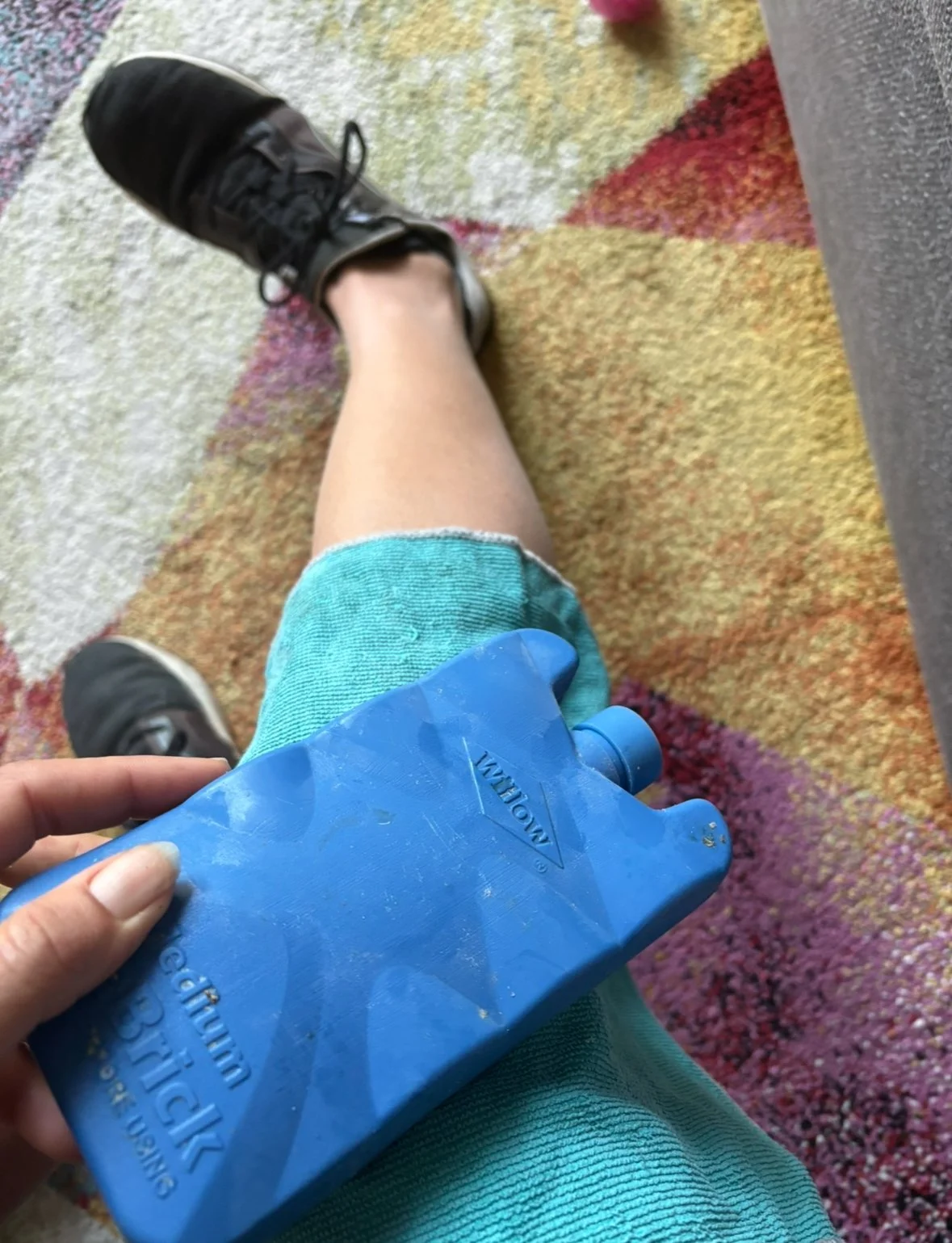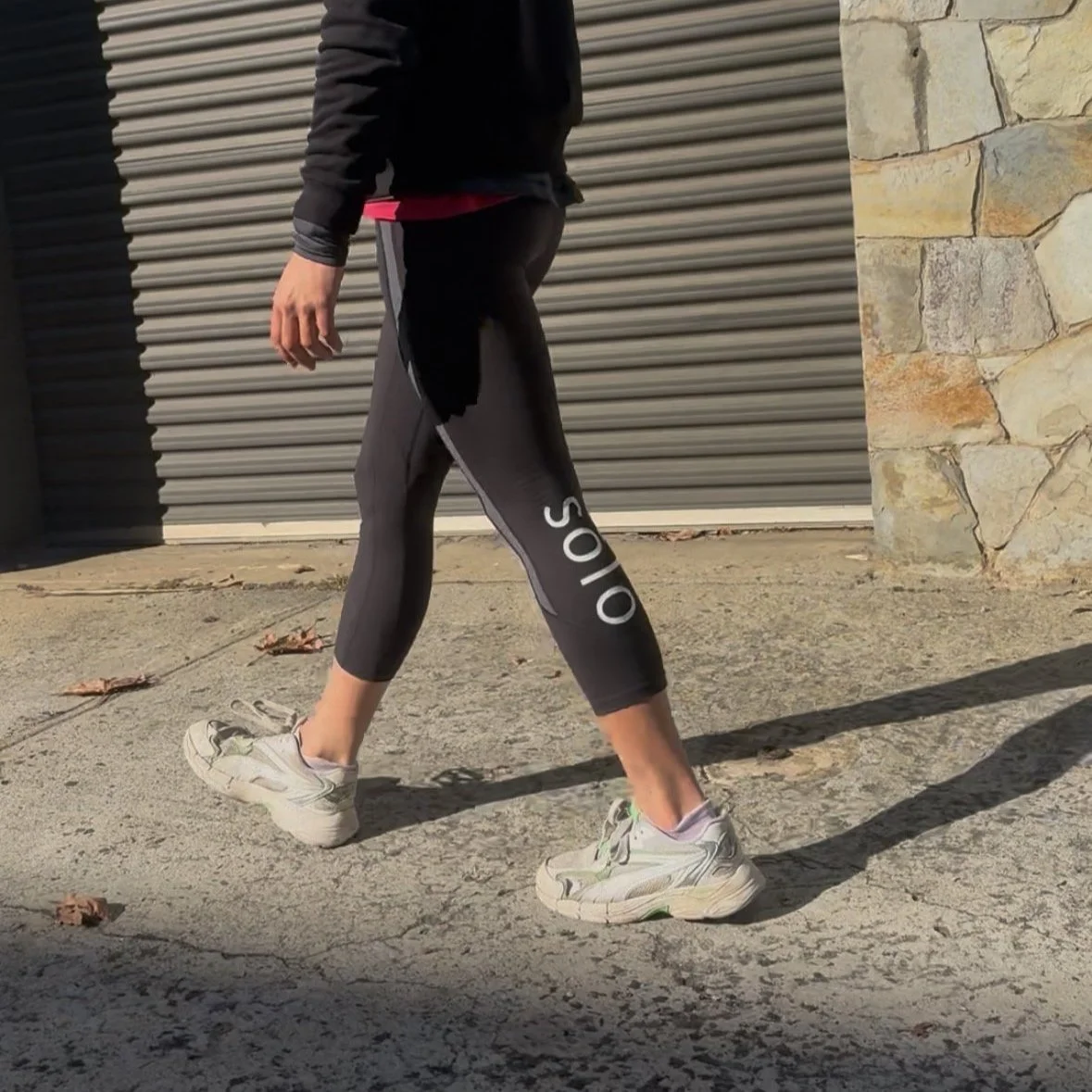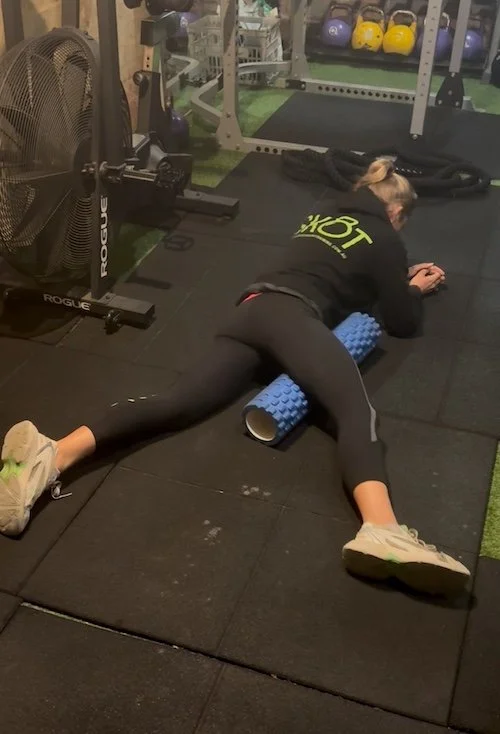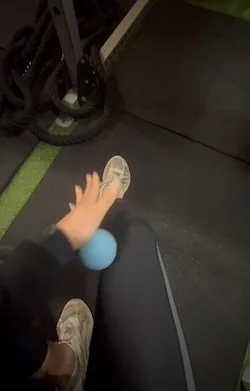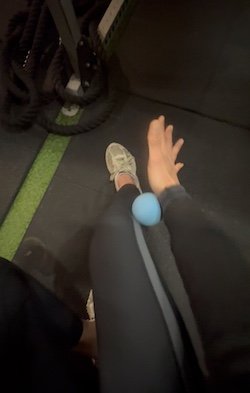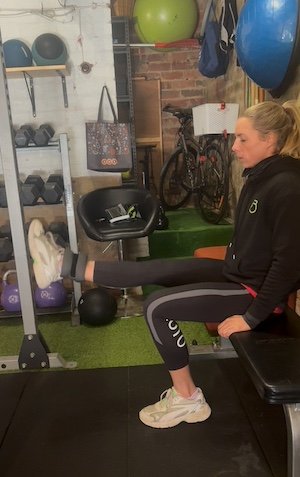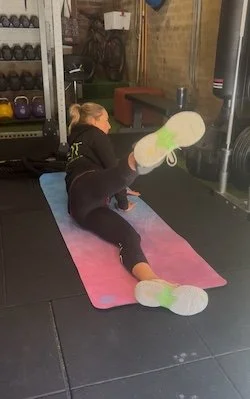Knee Pain Shouldn’t Be Ignored
Here’s how I’m rehabbing mine before it becomes a bigger issue
Knee pain is your body’s way of waving a red flag — it’s telling you something isn’t right. Often, it’s a sign that your movement patterns are off, and if left unchecked, those small imbalances can evolve into more serious injuries that take much longer to heal.
One of the most common issues? The knee tracking inward (also known as medial knee displacement). It’s something I’ve personally been dealing with, and I want to share the steps I’m taking right now to rehab it — before it becomes a long-term problem.
Step 1: Reduce Inflammation First
In the first few days after noticing discomfort, I used intermittent ice to calm inflammation:
15 minutes of icing, 2–3 times per day
Continued this for 48–72 hours depending on pain level
This helps reduce swelling and makes it easier to move into the corrective phase.
Step 2: Check Your Gait and Footwear
The foundation starts with your feet. I made sure to:
Walk heel-to-toe, focusing on a steady, stable stride
Wear supportive shoes with strong ankle stability to prevent overpronation (rolling the ankle inward)
Misaligned steps = misaligned knees. Fixing the foundation matters
Step 3: Release Tight Muscles
Tight muscles can pull the knee out of alignment, so I spent time each day foam rolling:
Inner thighs (adductors) and hamstrings: Often tight and overworking
Outer thigh (ITB area), quads, and calves: Gentle rolling to improve tissue mobility
Step 4: Targeted Strength Work
Rebuilding proper movement means waking up the right muscles:
Isolated quad strengthening to improve stability and support around the knee
ITB strengthening to improve lateral support and prevent the knee from collapsing inward
Band-assisted lunges to reinforce correct alignment in a split stance while activating quads and glutes
The Goal: Restore Natural Knee Tracking
Everything I’m doing aims to encourage my knees to track forward naturally — rather than caving inward during walking, running, or training.
The Takeaway
Pain is a message — not an obstacle. The sooner you listen, the faster you can correct your movement patterns and reduce your risk of long-term injury. Whether it’s from training, walking, or simply daily habits, small issues like inward knee tracking don’t go away on their own — but they can be resolved quickly if you act early.
Have you noticed your knees tracking in or feeling sore after activity?
Don’t wait. Start with simple corrections, listen to your body, and take proactive steps in the right direction to stay strong and pain-free

